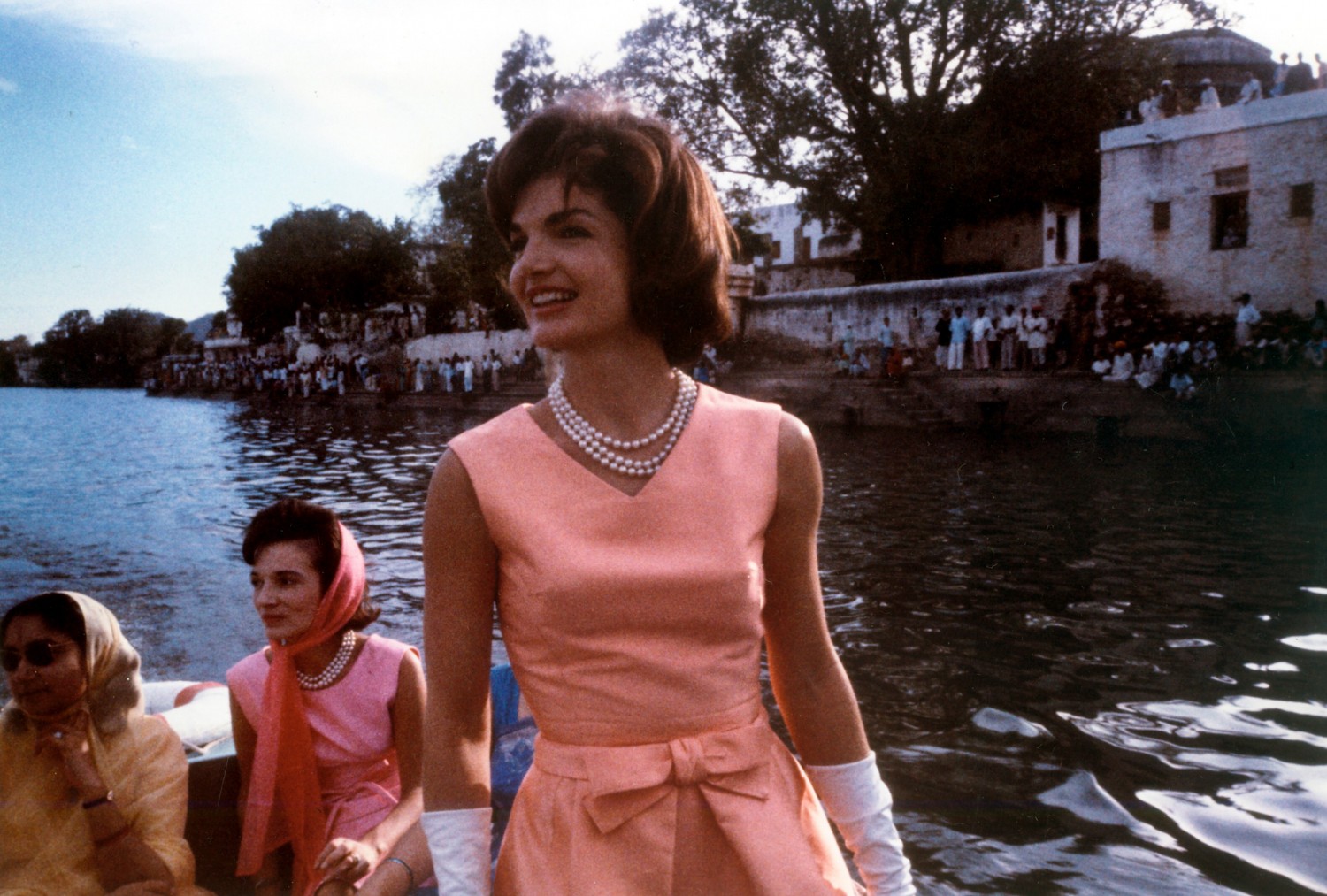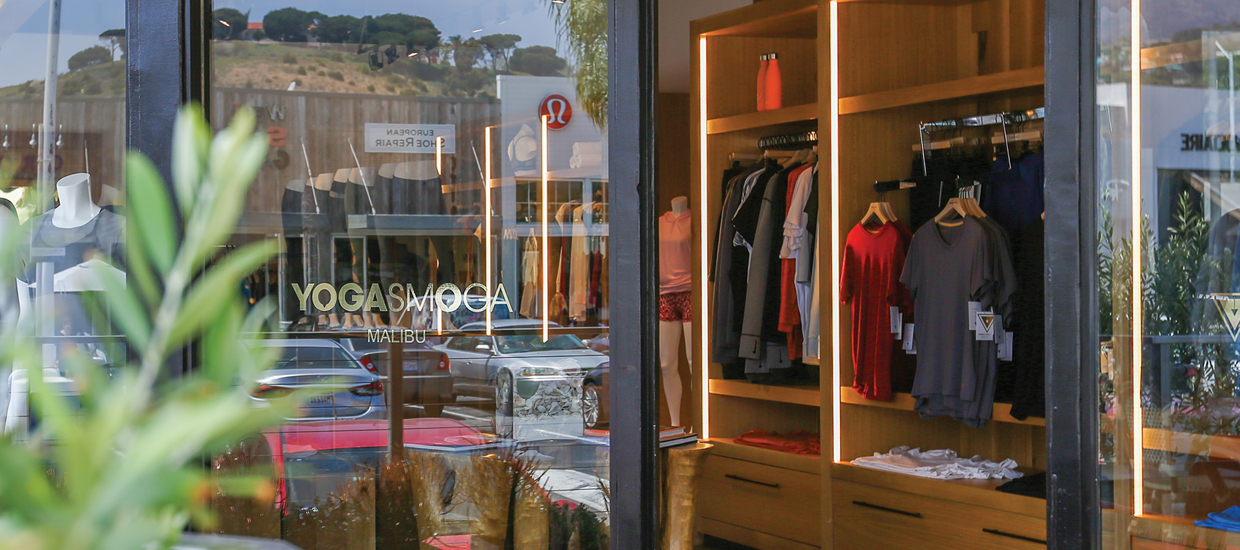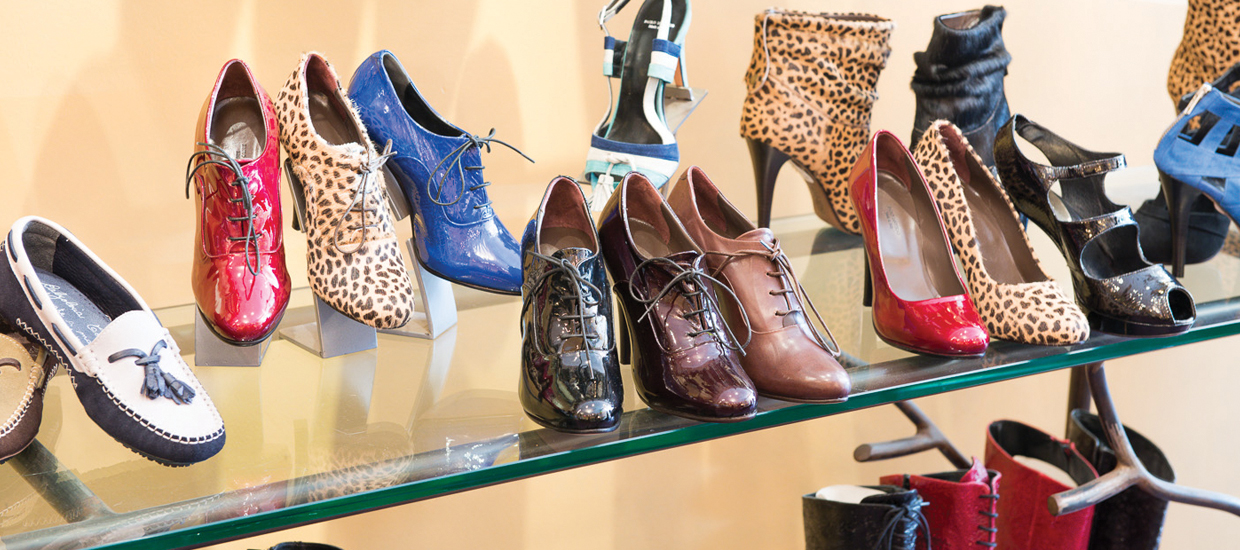The very premise of modern fashion relies on the fact that it is constantly evolving. From season to season, the looks seen on the runways in Paris, Milan and New York appear to be more daring than their immediate predecessors. Pastels and whimsical fabrics are replaced by leather and geometric prints, and footwear regularly transitions from spiked stilettos down to “flatforms” and then back again.
Given the accessibility shoppers have to the newest looks splashed across the pages of magazines, it’s not necessarily challenging to be in fashion. But while many people are chasing the latest fads, there are a prominent few who dared to defy trends. These tastemakers have become fashion legends, with their signature styles eliciting cult-like adoration and praise around the globe.
From industry figureheads to American socialites, actresses and political figures, these five women have redefined fashion. Despite the years that separate these icons, their unmatched elegance unites them, and their looks remain as relevant today as when they first made their debut.
Coco Chanel
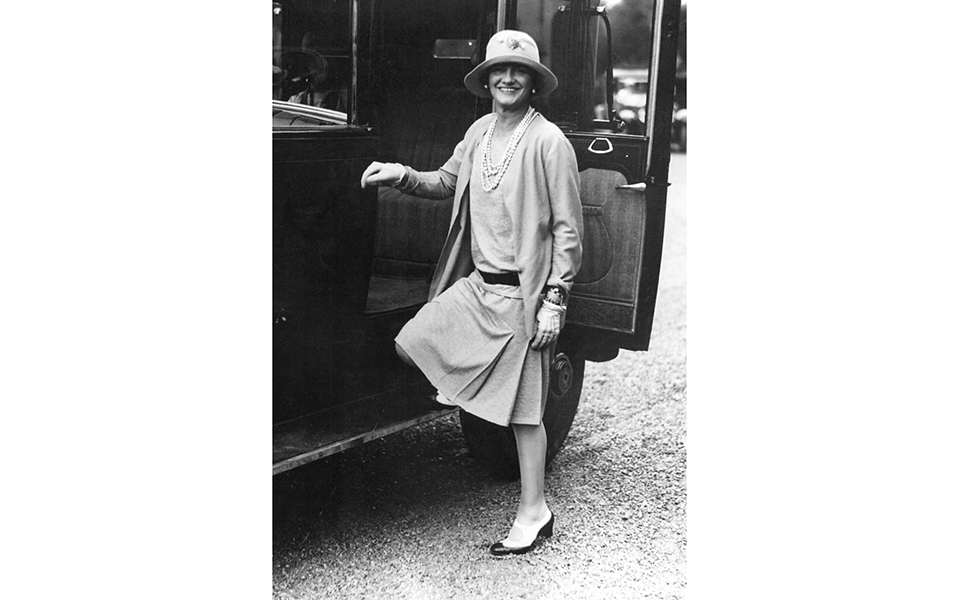
You can’t consult the pages of popular magazines without seeing one name referenced over and over again: Chanel. Considered around the world as a pioneer of modern fashion, Gabrielle “Coco” Chanel’s impact has reached far beyond her time as a designer. The creator of the “LBD” (little black dress) in the 1920s was not only one of the first to acknowledge that women, like men, enjoyed active lifestyles, but she was also adamant that they could look chic doing it.
“She put women in jersey, and she put women in pants because she spent so much time on the back of a horse and at the beach,” says Barbara Bundy, vice president of education at the Fashion Institute of Design & Merchandising (FIDM). “She saw that women did not have the correct clothes to wear, so she started introducing the right kinds of clothes for them to … be comfortable in.”
In 1910, a time when women were just barely coming out of their corsets, Chanel’s aesthetic was not met without controversy. “Oh, she was scandalous,” Bundy explains. “… [Her style] was so against the grain of how people dressed.”
Yet despite the initial backlash, Chanel’s outspoken and functional designs attracted legions of fans and evolved into the fashion house known today. Her eponymous line is often at the forefront of runway trends, and many of its core items, such as the tweed suit and quilted leather handbag, are nearly identical to Chanel’s original designs. The collections continue to be highly coveted, proving the French designer has had an unmistakable effect on the way consumers—past and present—have chosen to dress.
Audrey Hepburn
Considered by many as America’s sweetheart in the 1950s, Audrey Hepburn curated her own simplistic and graceful style without falling victim to meaningless trends.
“[She] personified a very elegant but casual kind of sophisticated chic,” Bundy explains. “She never looked like she couldn’t move in her clothes. She always looked comfortable in them.”
The height of her popularity coincided with a period of inequality for women in the workplace and at home; however, Hepburn not only embraced her femininity but was also able to have a successful career as an actress. Her film roles in “Roman Holiday” and “Breakfast at Tiffany’s” also produced a couple of her most iconic looks. She’s associated with both the classic white collared shirt accessorized with a scarf and a little black dress paired with a pearl choker.
And as she rose to stardom, high-end designers flocked to dress her. She had no shortage of talent to choose from: Hubert de Givenchy was her go-to designer, and Salvatore Ferragamo is credited for creating her signature black ballet flat. With a closet full of custom creations, Hepburn’s wardrobe always appeared to reflect her inner self—intelligent and tailored, but also youthful and fun.
“She … had kind of a fragile look to her but was a great actress who was also a fabulous mother, a fabulous wife,” Bundy says. “… She seemed to put the whole package together.”
Jacqueline Kennedy Onassis
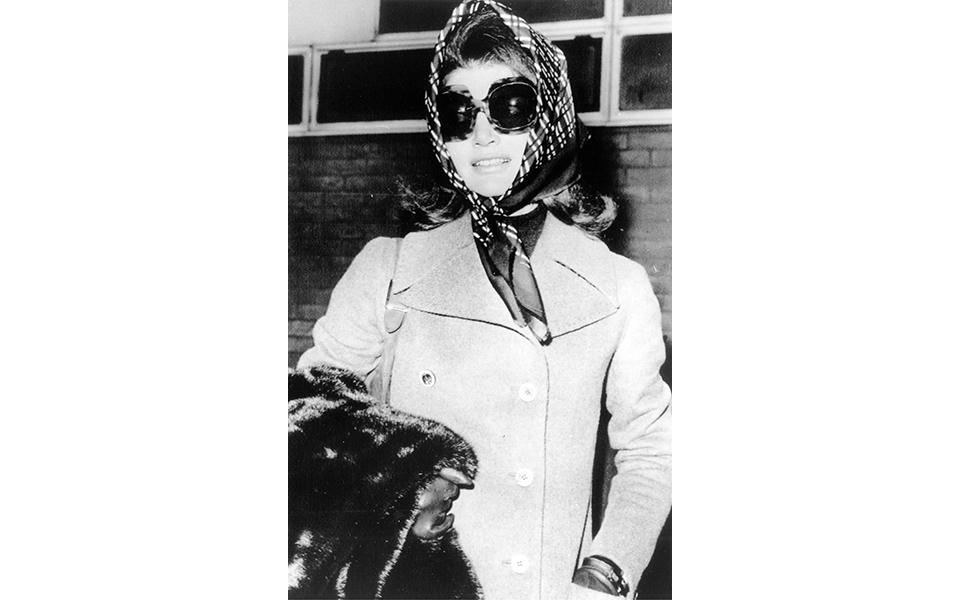
One of the most fashionable first ladies throughout history, Jackie Kennedy was a symbol of sartorial sophistication. Making a statement from day one of her husband’s presidency in the early 1960s, her structured style was both elegant and breezy. In her official appearances, one signature accessory was a pillbox hat, which complemented color-coordinated suits in brilliant solids. The statement-making single shades eschewed the decade’s loud prints and allowed her to be distinguished in a crowd.
Kennedy Onassis made bold statements at gala functions with evening gowns that cut a dramatic silhouette—she famously wore shoulder-baring dresses that defied social norms at the time. Meanwhile, her casual, off-duty looks ranged from cutoff pants to Lilly Pulitzer sundresses, which both reflected her affinity for simple cuts and lines.
Following her husband’s assassination, she remarried Greek shipping magnate Aristotle Onassis in 1968 and took on the role of a jet-setting wife. This was the era of “Jackie O” style, characterized by her trademark sunglasses—black, oversized and round—often accompanied by headscarves that added a mysterious allure to her larger-than-life persona.
More than just a style icon, Kennedy Onassis represented a lifestyle that’s emulated to this day. Elegant, demure and always put together, she embodied an effortless kind of chic still associated with her even years after her death in 1994.
Twiggy
When a teenaged Lesley Hornby broke out onto the modeling scene in the mid-1960s, the U.K. was in the throes of a cultural revolution. Earning the moniker “Twiggy”—a reference to her slight build—the model also became one of the faces of the Youthquake, an era of music and fashion that celebrated youthful spirit with exuberance.
Twiggy revolutionized a new look in the industry, making androgyny chic with her coltish frame, cropped pixie cut and long-lashed doe eyes. Internationally known, she’s considered by many as the world’s first supermodel. She parlayed her succcess on the pages of print magazines into a lucrative career in other industries, including TV and fashion design.
During her reign as one of the biggest models of the decade—and arguably of all time—she also became synonymous with brightly patterned mini-dresses, shift dresses and fitted menswear that showcased her long legs and waiflike figure. This style—girlish, but without frill—is as much a part of her legacy as is the exaggerated makeup, thick eyelashes and boyish silhouette.
In 1967, she debuted her own line of clothing called Twiggy Dresses, which featured characteristically short hemlines, menswear-inspired designs, acid-drop colors and whimsical prints. She epitomized the swinging 1960s in sartorial form, blazing her own path in terms of forward-thinking styles while also embracing the essence of the decade.
Though she retired from modeling in 1970, Twiggy has remained active in the industry with appearances on TV shows like “America’s Next Top Model” and new collections for U.K.-based brand Marks & Spencer.
Her biggest influence, however, can be seen on today’s runways, where rail-thin models with cropped cuts stomp catwalks that were paved by the British supermodel.
Michelle Obama
Often compared to Jacqueline Kennedy Onassis in terms of her prominence as a first lady, Michelle Obama is a modern-day example of fashion’s constant evolution. Her arm-baring bold prints and cardigans, as well as designer chic ensembles, define this new generation of White House style. And, whether dressing down while out and about with her daughters or going glam for official meetings and appearances, she’s become known for regularly donning shirts and dresses sans sleeves—though nothing new in the fashion world, it’s a bold step forward for a presidential spouse.
Obama is also known for embracing new designers and helping catapult them to prominence. At the 2009 inaugural ball, she surprised the nation by making her formal debut in a dress by Jason Wu—a designer who, at the time, flew relatively under the radar when it came to the general public. The white one-shoulder, silk chiffon gown embellished with organza flowers and Swarovski crystals launched his high-profile career designing for society’s elite and cemented her place as a fashionable first lady.
She continues to be a leader in discovering new talent, wearing a range of labels that reflect her personal playful style. Recently, she hosted an anonymous design competition for students at the Fashion Institute of Technology and wore the winning design at a White House appearance.
—Written by Bria Balliet

